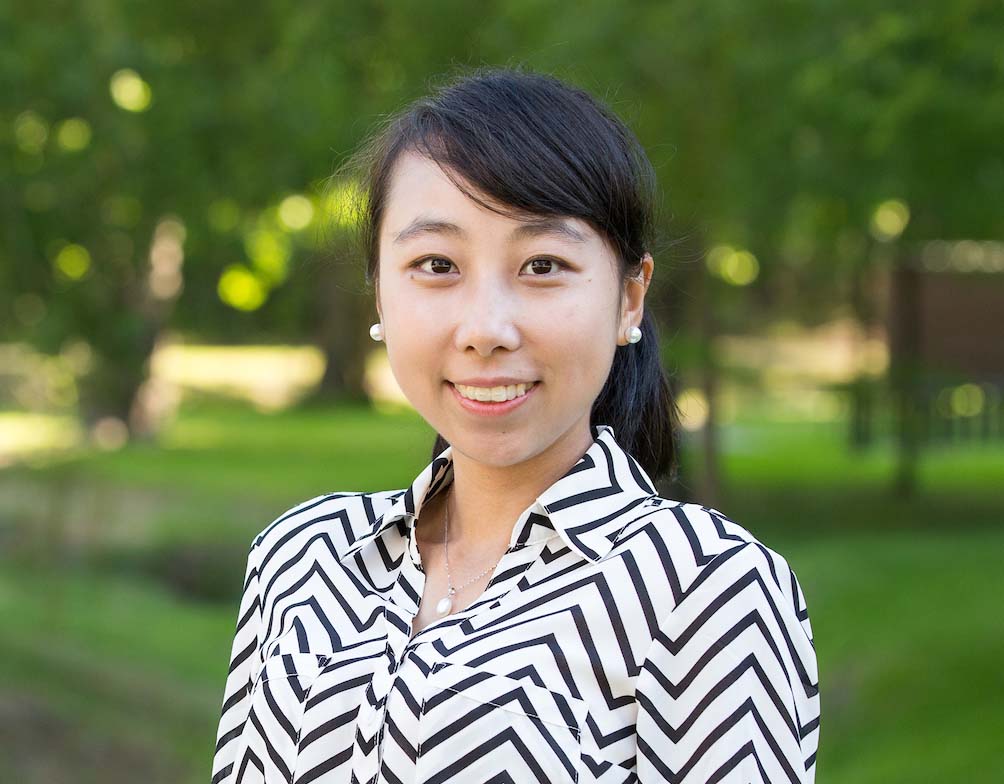Congratulations to Dr. Ruogu Fang, assistant professor, and Dr. Mingzhou Ding, distinguished professor & J. Crayton Pruitt Family Professor, for their NSF Information Integration & Informatics award entitled, “III: Small: Modeling Multi-Level Connectivity of Brain Dynamics.”
Fang and Ding’s proposal focuses on a three-year research program to characterize and develop a multi-level connectivity model for brain dynamics and corresponding tools to significantly accelerate data-driven discoveries from dynamic neuroimaging data. This will be accomplished by embracing (i) the unique multi-scale structural connectivity of the brain and (ii) the hidden complementary information in multimodal data, into the existing dynamic neuroimaging framework.
Brain dynamics refers to the dynamics of blood flows through the network of cerebral arteries and veins. Since the brain is vulnerable to variation of blood supply, brain dynamics serve as crucial biomarkers for many kinds of neurological diseases. While the brain is naturally connected spatially, temporally, and across modalities, existing efforts have dominantly centered on single-voxel, single-modality, and single-subject “isolated” models that lead to significant distortion and instability. However, the brain is naturally connected, on structural and modality levels: voxels are spatio-temporally connected in the brain, multimodal imaging of the same subject share complementary information. Thus the current isolated models invalidate many of the potential advancements in understanding, diagnosing, and treating neurological and cognitive diseases, leaving a critical gap between the current computational modeling capabilities and the needs in brain dynamics analysis.
This project aims to bridge this gap by asking three driven neuroscience questions: 1) What is the representation of brain dynamics that can adhere to the underlying structure of the brain connections? 2) What is the complementary mapping that can be used to represent a variety of brain dynamic activity among multimodal neuroimaging? 3) What are the shared characteristics among multicohort population in a multicenter evaluation?
The proposed model will hierarchically represent brain dynamics and characterize brain physiological functionality that current approximate methods miss. Successful project completion would potentially transform brain dynamics modeling, enabling comprehensive identification of neurovascular diseases, which will further enable advancements in personalized neuroscience.
